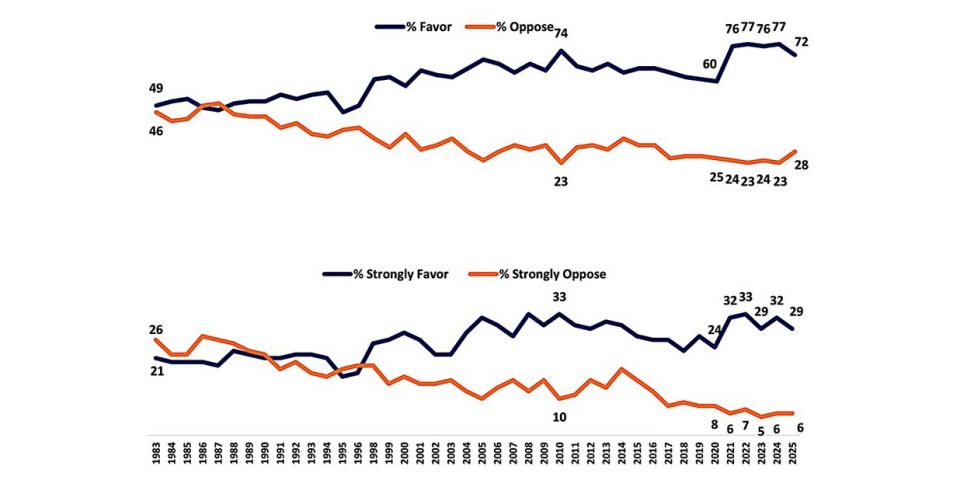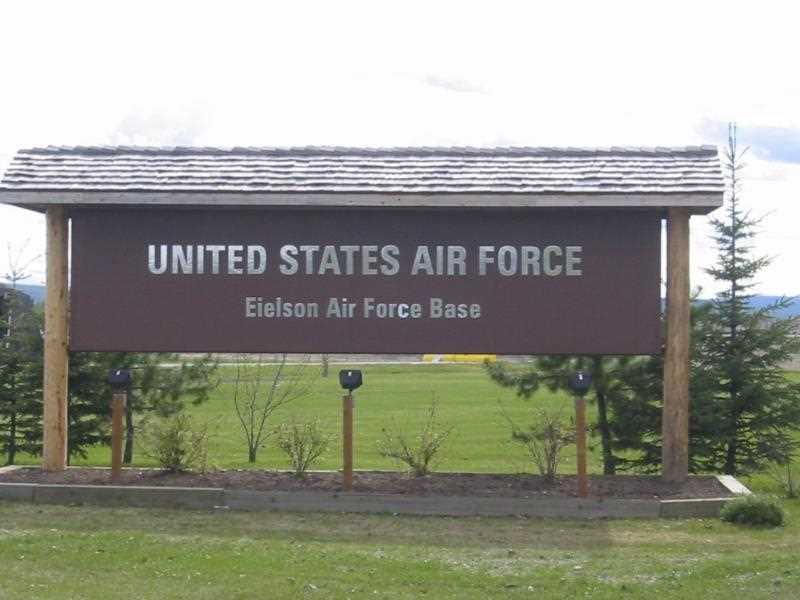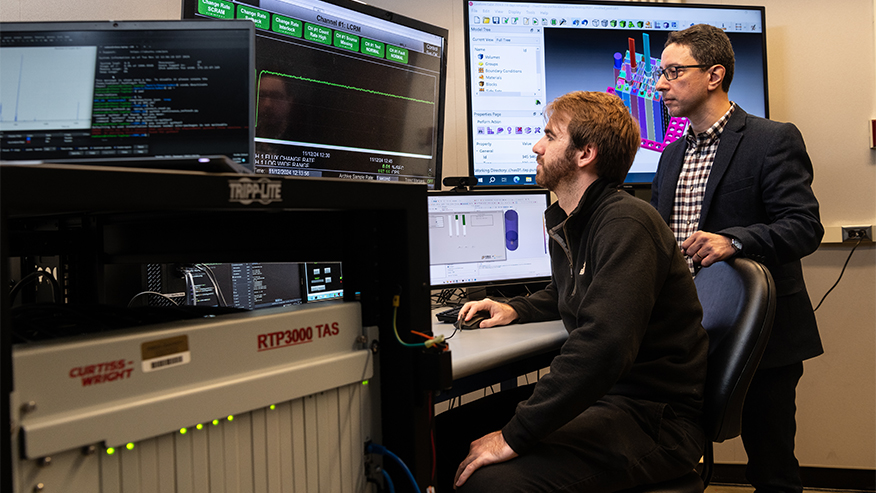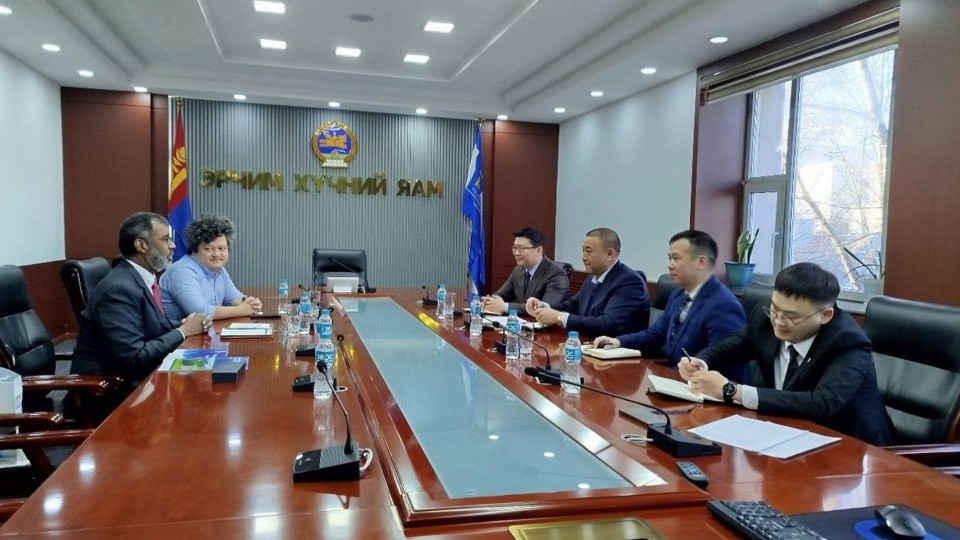OECD NEA director general presents an optimistic vision for tomorrow despite challenges of today
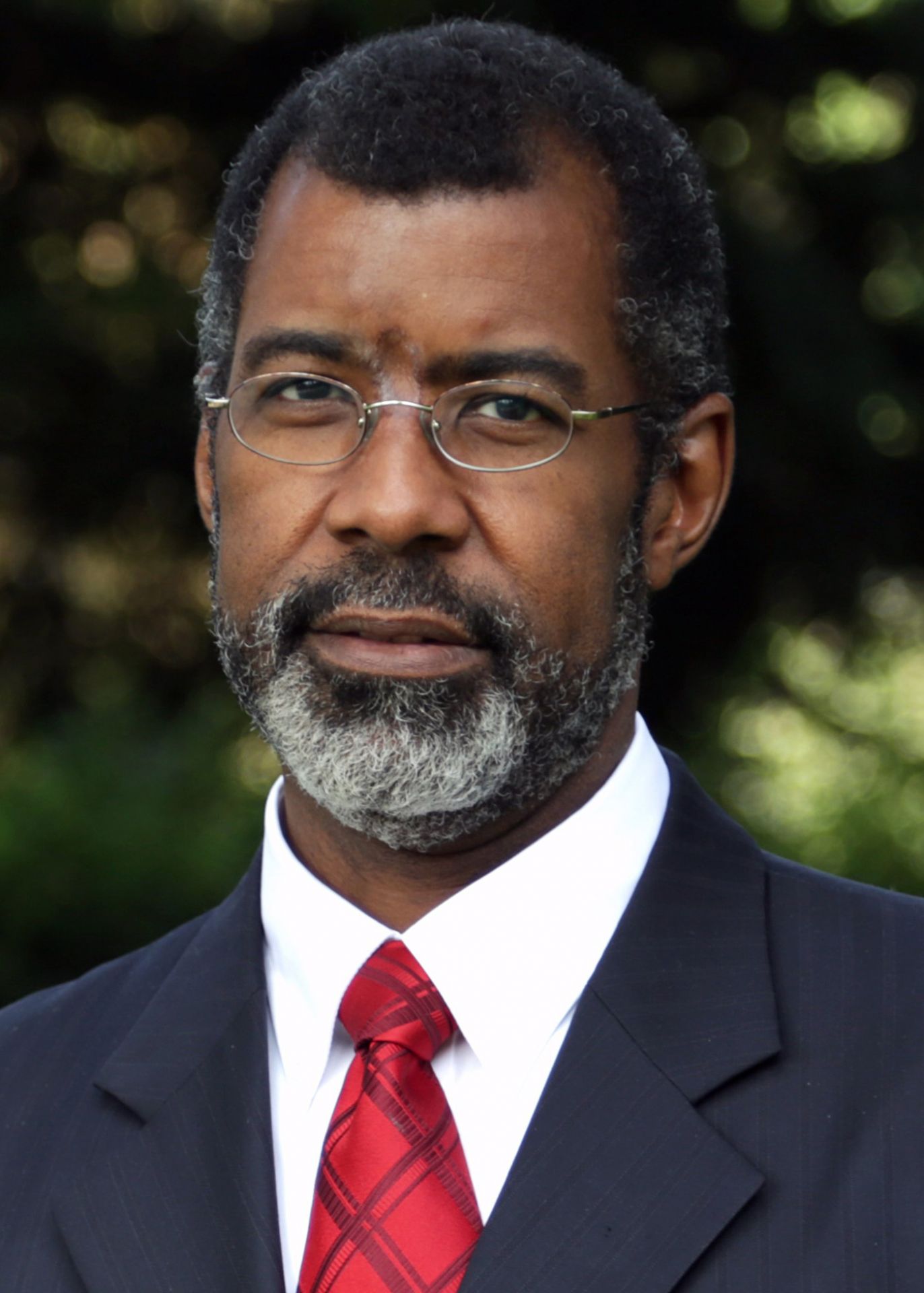
Magwood
As part of the Purdue University–Duke Energy Understanding Tomorrow’s Nuclear Energy lecture series, William D. Magwood IV, director general of the OECD Nuclear Energy Agency (NEA), delivered a lecture on October 24 at the Purdue Memorial Union Ballrooms. “The 21st Century Nuclear Resurgence: Opportunities and Challenges” was the third lecture in the series, which focuses on small modular reactors.
Magwood reviewed the factors that have led to the current increased interest in nuclear energy around the world, the serious challenges that must be quickly and adequately addressed, and the structural barriers that require new thinking by regulators and policymakers. He also commented on the ongoing Purdue-Duke study of the feasibility of using SMRs to meet the West Lafayette campus’s long-term energy needs.
About the speaker: Magwood, who has been the NEA director general since 2014, has had many roles during his career in nuclear. Most recently, he was a commissioner with the Nuclear Regulatory Commission. He has also been an independent consultant on energy, environment, education, and technology policy issues; director of the civilian nuclear energy program at the Department of Energy; and in management and scientific positions with the Edison Electric Institute and Westinghouse Electric Corporation.
Looking at the future: Magwood began his lecture by acknowledging the Purdue-Duke SMR project. “This new initiative, to talk about small modular reactors on campus, really lends itself not just simply to the practicalities of decarbonization, but also to something that I think is very very short in supply around the world, which is the vision to look at the future.”
“This issue of vision, I think,” he continued, “is extremely important to think about, because as we look at this new century, this 21st century . . . it’s a century that really opens up the door to progress in areas that many of us can barely imagine. The world 30 years from now will be a very different place from what it is today. . . . When you look at what we’re on the threshold of, change is going to be dramatic.”
Climate change, energy security: The NEA, Magwood said, has recently “worked very hard on a new strategic plan that looks at where we are today and where we need to be in the future. Our plan . . . does something that we haven’t been able to do in the past, which is to think very farsightedly about the role of innovation in our society and particularly in the context of climate change.”
For years, climate change has dominated international energy discussions, with little or no mention of nuclear or of energy security. With the war in Ukraine and its ramifications on the global energy market, focus has shifted: “The conversation is now solely about energy security, with an asterisk about climate change,” he said. “And all of a sudden, in that context . . . we saw that nuclear is coming back into the conversation.”
Too late to be easy: In discussing climate change, Magwood warned the audience that “we’re really not in a very pretty place, we’re going to see very high temperatures. We’re certainly not going to meet the 1.5°C target [the temperature increase limit goal of the Paris Agreement], and we’re essentially going to be giving up on the global environment.”
He continued, “We actually waited too late to fix this problem in an easy way. We should have been reducing CO2 emissions 20 years ago . . . and we didn’t do it, and the truth is, we’re still not doing it. . . . We’re still moving away from our goals instead of towards them.”
A recent analysis by the Intergovernmental Panel on Climate Change that examined 90 different pathways for reaching the net zero goal in carbon emissions by 2050. All the pathways included increased roles for nuclear energy, and when all the pathway scenarios are averaged, he said, “you end up with a tripling of nuclear capacity [being required] by 2050.”
The NEA analyzed the findings and found that “we’re going to have to keep the existing plants on long-term operation as long as we can, we’re going to have to build new Gen III plants, we’re going to need small modular reactors, and we’re going to have to look at non-electrical applications.”
Magwood stressed the importance of building new large-scale, Gen III light water reactors. “I just don’t see any other alternative,” he said, pointing out that valuable lessons have been learned about the construction of nuclear plants during the building of the Generation III Vogtle reactors.
SMRs and 2050: Magwood next discussed SMRs, saying, “I think it’s very important to recognize . . . that SMRs add an important component to the overall picture. They have the potential . . . to displace quite a bit of carbon emissions,” adding that they are suitable for electricity generation as well as for heat and hydrogen production.
He continued, “So, if you add it all up and you ask the question, is it possible to triple nuclear capacity by 2050, the answer is yes. But . . . it does require everything . . . our current fleet to stay in operation for a long period, it requires SMRs, large light water, it requires this convergence of electricity and heat. It is achievable, but it is not going to be easy.”
Four key challenges: If we are going to successfully develop and deploy these new nuclear technologies, Magwood said, four key challenges must be addressed: industrial, regulatory, policy and market, and infrastructure.
The nuclear industry must prove that it can deliver projects as promised, and it must present realistic operations models for the remote, autonomous technologies that are associated with SMRs. In addition, the supply chain, Magwood’s “biggest concern,” must be improved.
Regulators must change their view as well. This includes not looking at Generation IV technologies through a Generation III lens, as well as accepting new paradigms. Internationally, they should try to better coordinate their activities so they can, as Magwood said, “act nationally but think globally.”
He argued that today’s outdated electricity markets are not configured to support long-term environmental or security goals. “I was resistant to the idea for a long time, but I have now accepted that the only way that we’re ever going to get our arms around reducing CO2 is to price guard it. There’s just no other way that works except to put a price on carbon and slowly escalate it over time.”
In terms of infrastructure challenges, Magwood said that one barrier to new nuclear technologies is the lack of a clear path to providing high-assay low-enriched uranium. Other needs that he identified were simplification and harmonization of nuclear standards and improvement in human resources.
Message for public: Magwood closed his lecture by observing that discussions about climate change often come down to the environment versus living standards. He noted, however, that in the nuclear industry, “we are people who believe that you can have your cake and eat it too, that you can save the environment, you can provide for prosperity, you can provide for energy around the world, for developed countries and developing countries . . . .
“That is, in my view, the most important message that we can take to the public. And we can do this without giving up our society’s benefits.”



